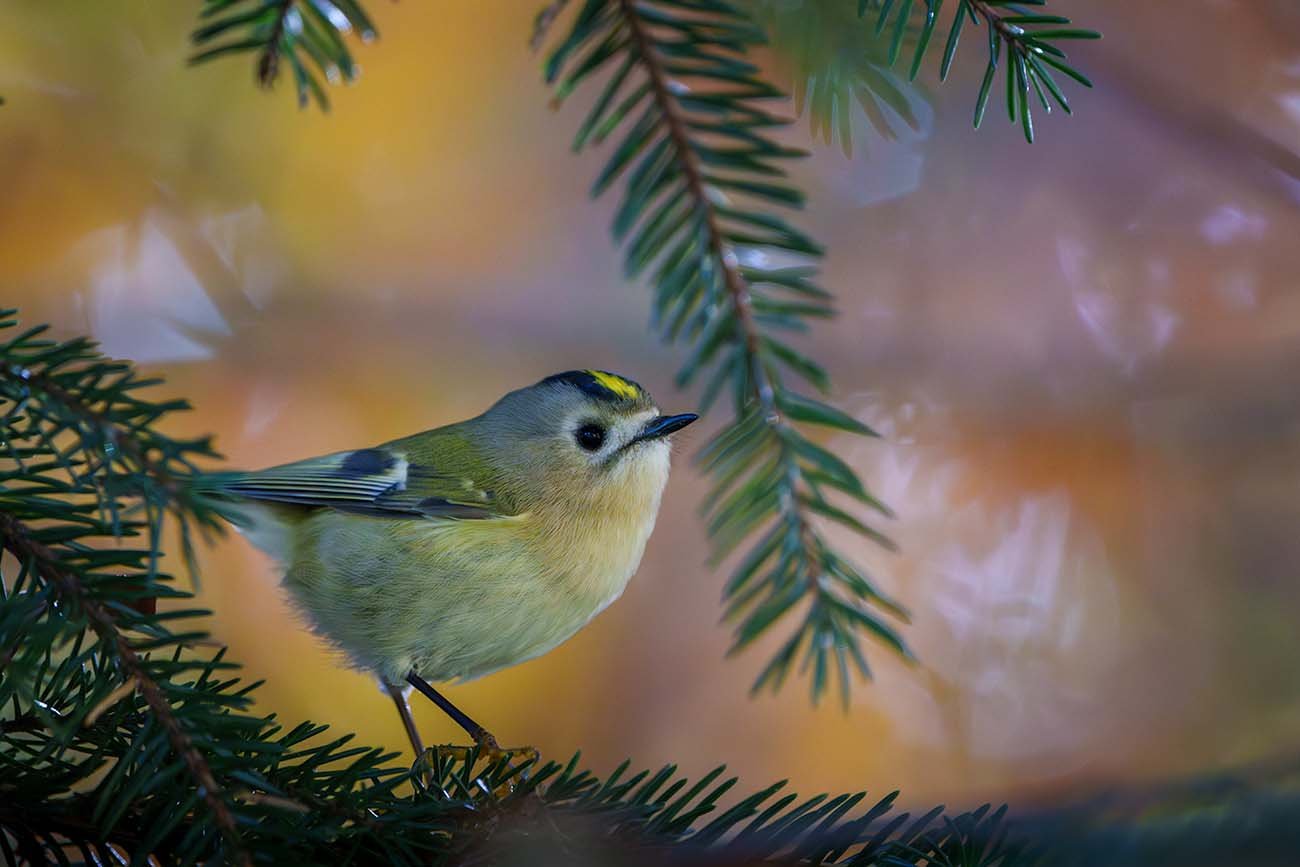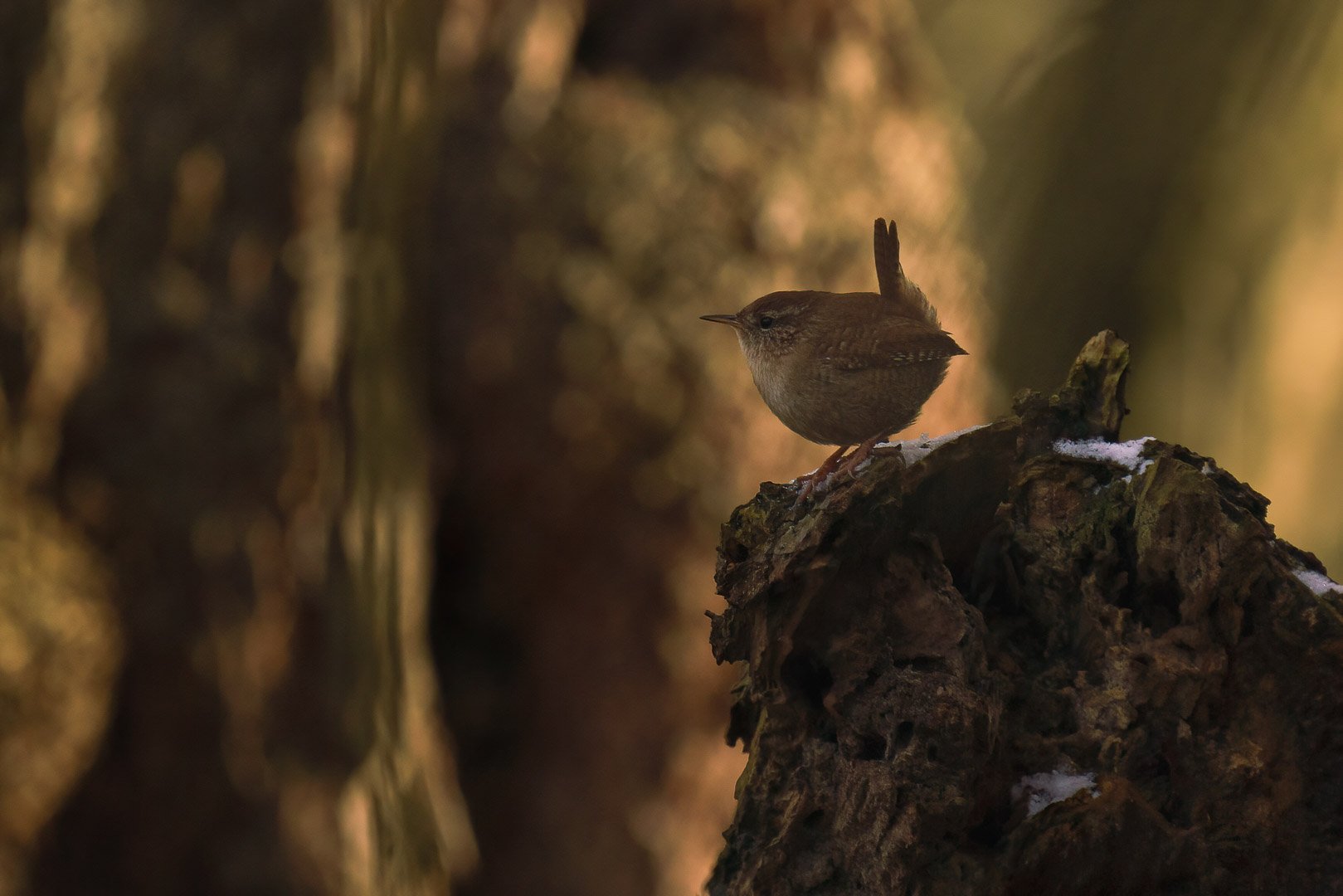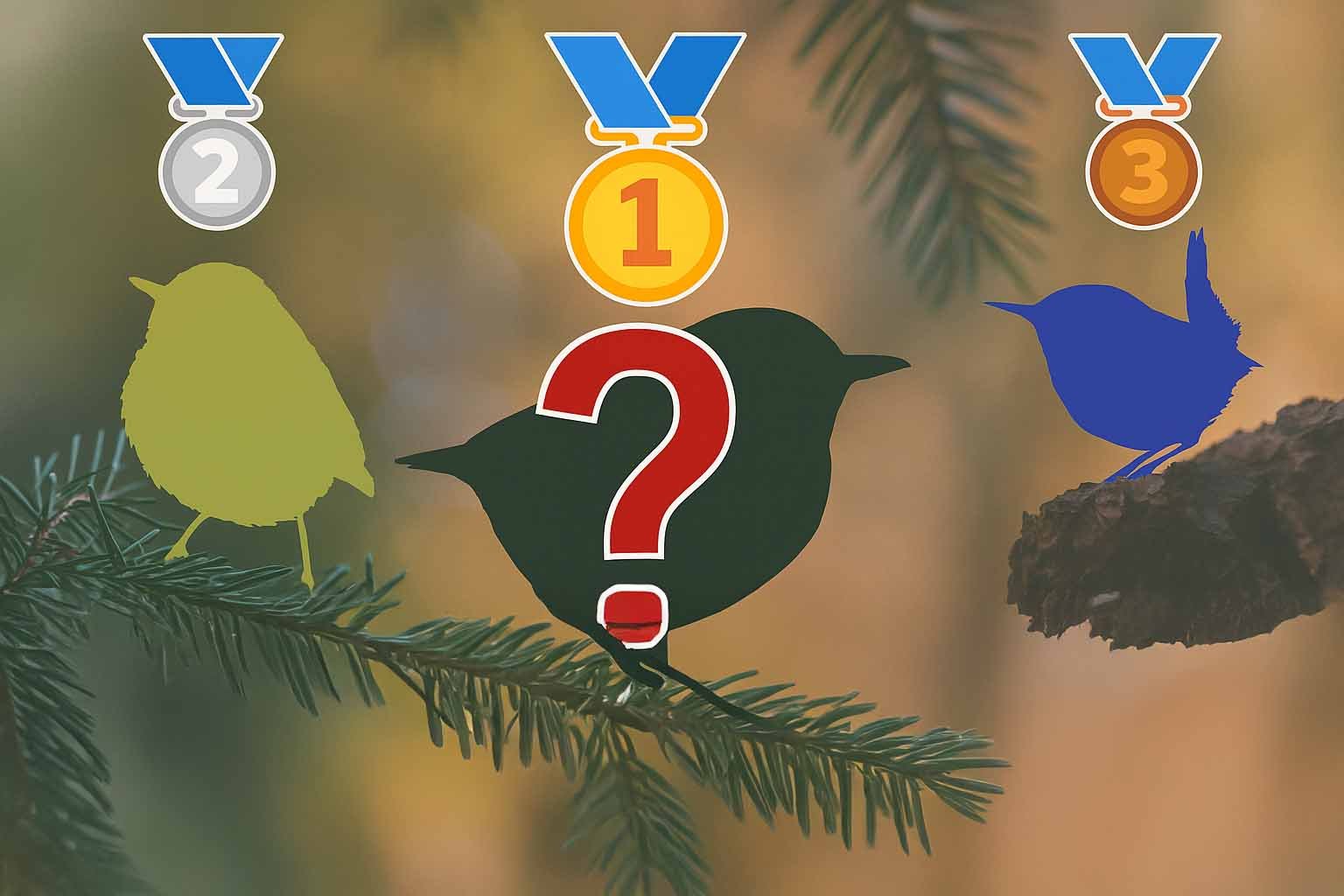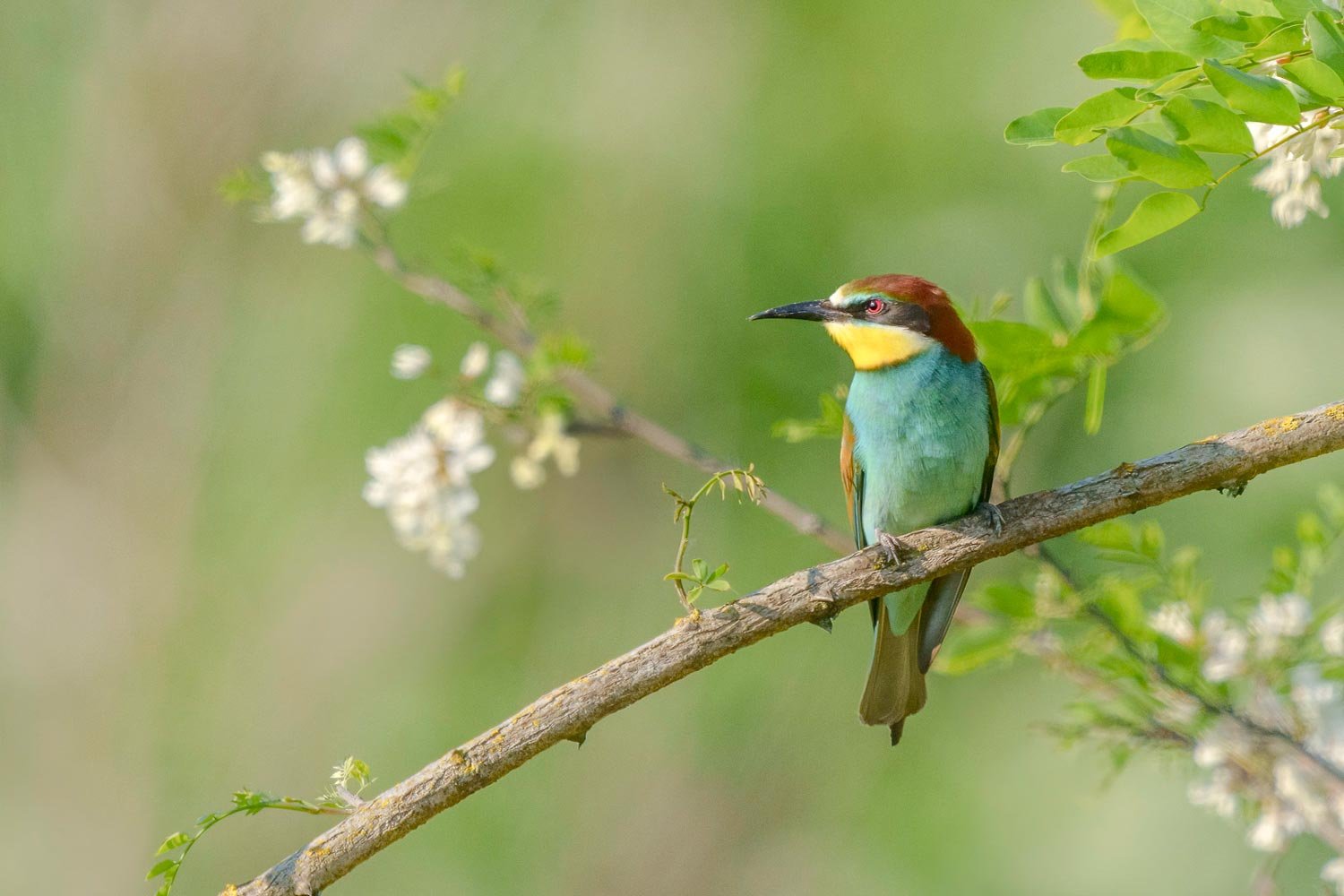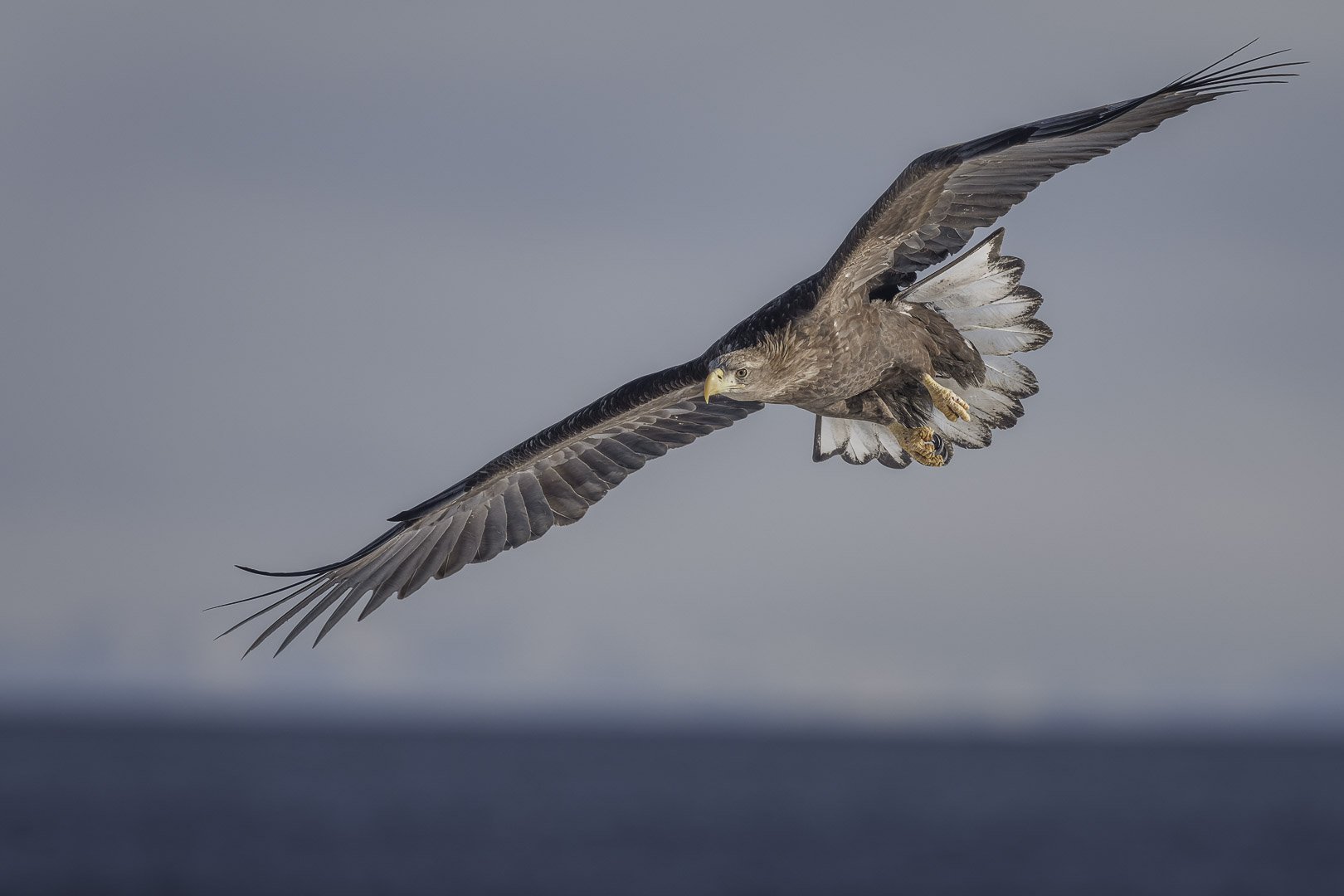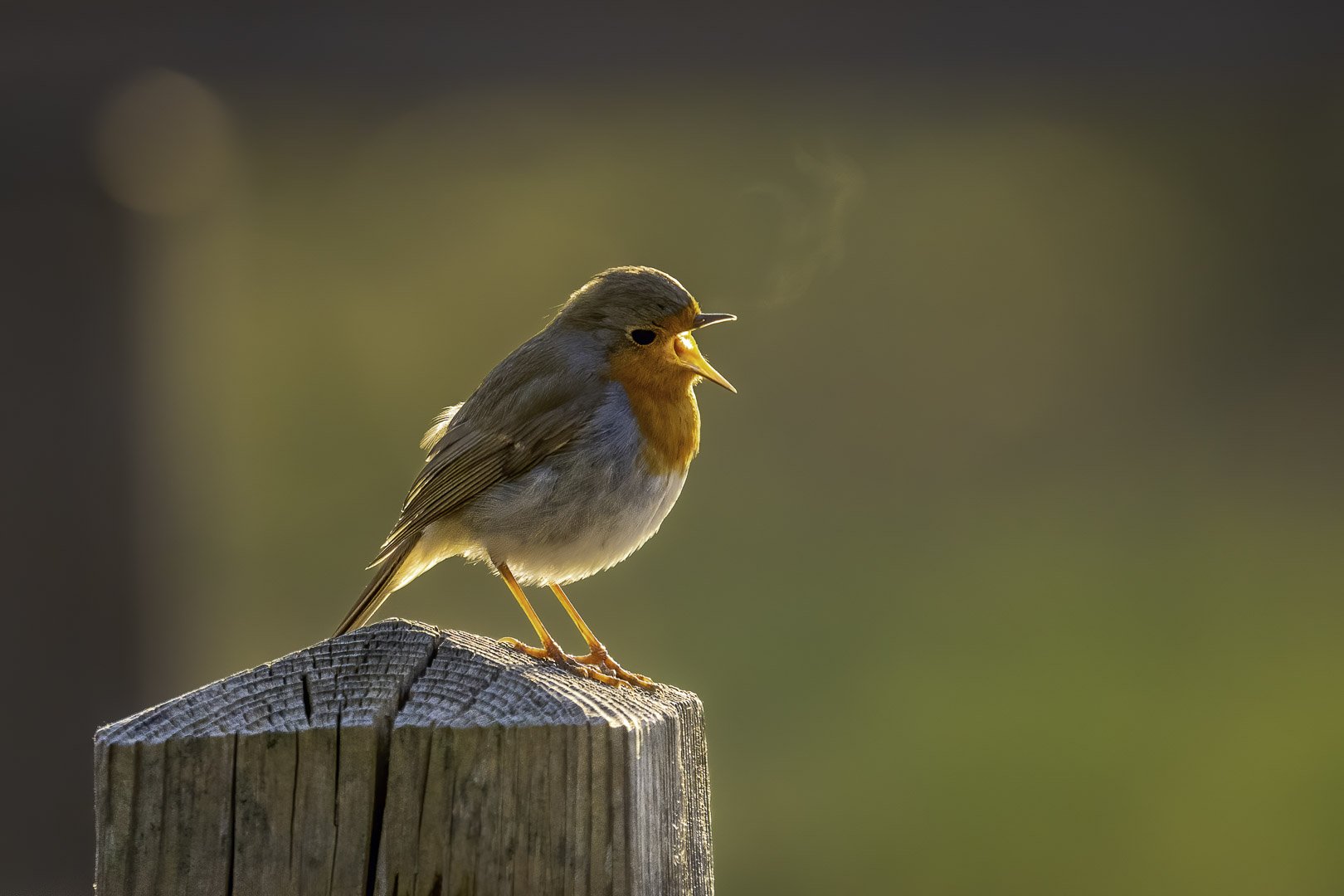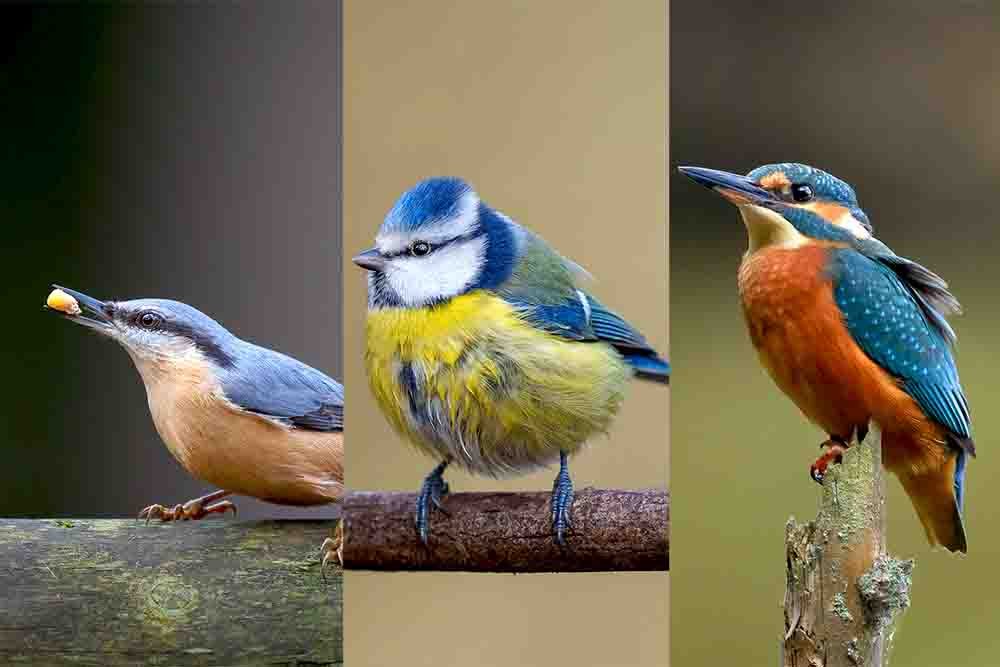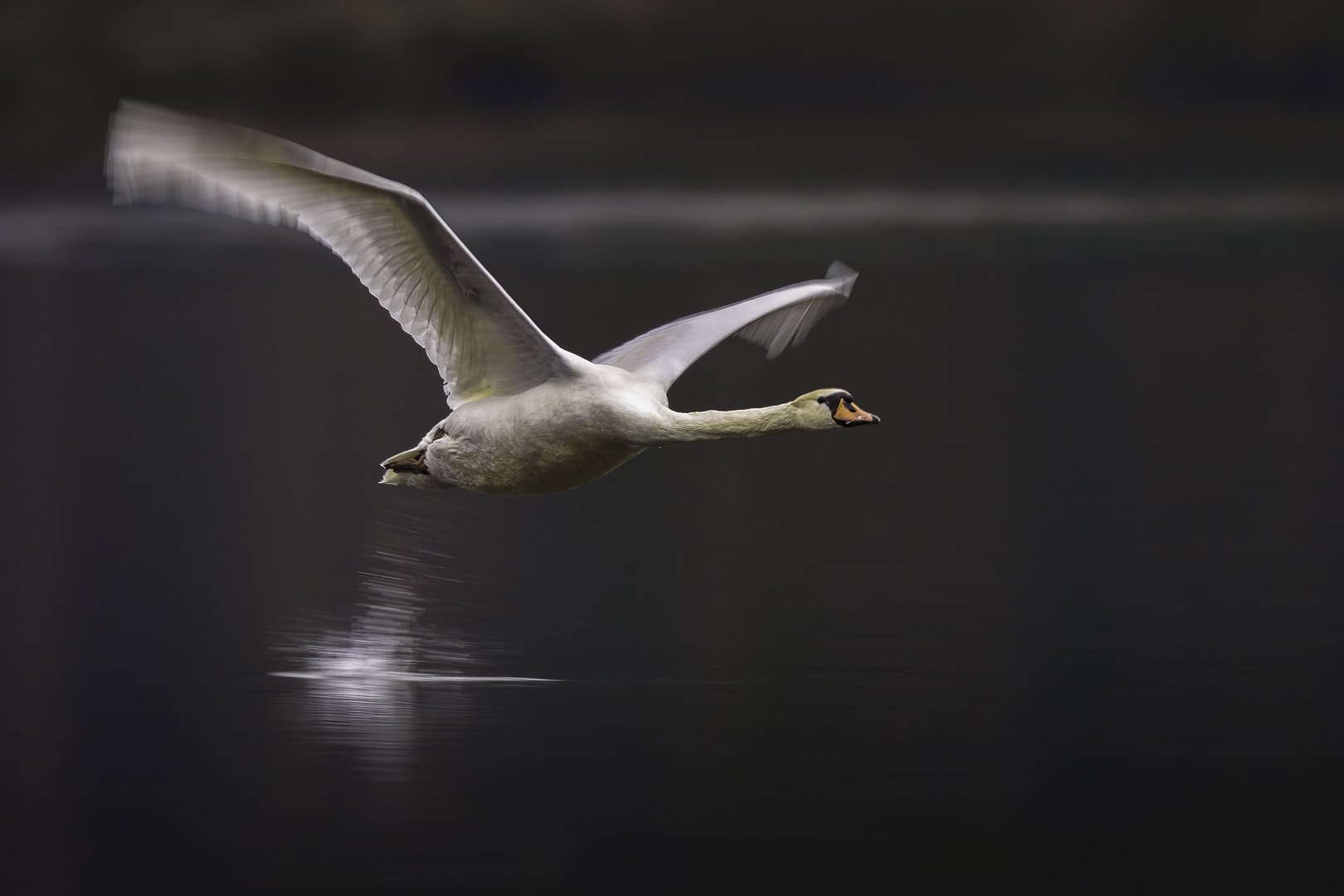The Smallest Birds in Europe – Tiny but Mighty!
Some birds aren't just hard to spot — you practically have to search for them. The three smallest bird species in Europe are true masters of disguise, barely bigger than a finger, yet full of character. Here comes the feathered ranking of these tiny wonders!
1st Place: Goldcrest (Regulus regulus)
Size: 8.5–9.5 cm
The Undisputed Dwarf of Europe
The Goldcrest is officially the smallest bird in Europe — but bursting with energy. It’s mainly found in dense coniferous forests, where it flits between spruce branches.
Typical for the Goldcrest:
- Coloring: Golden crown
- Song: Fine, high-pitched tones with a descending ending – sounds like a soft “sisisi-sisisisi-sisitüüh”
- Behavior: Always on the move, usually foraging at the outermost branches
- Character: Tiny, quick, never still
Fun Fact: Even though it’s so small, it stays put even in cold temperatures — unlike its relative, the Firecrest. That’s why it’s called Winter Goldcrest.
2nd Place: Firecrest (Regulus ignicapillus)
Size: 9–10 cm
Firecrest (Regulus ignicapilla)
The Goldcrest’s Brightly-Colored Cousin with the High-Contrast Look
Only slightly bigger than the Goldcrest, but with a unique look — especially on second glance. The two “crests” are easy to confuse, but with a closer look, the more pronounced facial markings of the Firecrest stand out. It prefers mixed and deciduous forests, as well as parks and larger gardens.
Typical for the Firecrest:
- Coloring: Bright orange crest in males, yellow in females, pale underparts, striking white eyebrow stripe and black eye stripe
- Song: “siii-siii-sii-sii-siii”
- Behavior: Often seen foraging on the upper sides of branches
- Character: Lively, colorful, elegant
Especially beautiful to observe — if you know where to look. It's worth it!
3rd Place: Wren (Troglodytes troglodytes)
Size: 9–10.5 cm
Loud, Bold, and Almost Invisible
It looks round, almost ball-shaped — yet dashes through the undergrowth like lightning. The Wren loves hedges, thickets, and shrubs, and is rarely seen — but heard loud and clear.
Typical for the Wren:
- Coloring: Subtle brown camouflage plumage with fine barring
- Song: Incredibly loud and energetic, strophes with trills and pauses
- Behavior: Moves jerkily, close to the ground – often with its short tail held upright
- Character: A cheeky little king in miniature form
Tip: If you hear a loud burst of song from deep in the brush, the Wren is probably nearby.
🏆 Ranking – Europe’s Three Smallest Birds at a Glance
🥇 Goldcrest (8.5–9.5 cm)
→ The smallest bird in Europe🥈 Firecrest (9–10 cm)
→ High-contrast facial markings🥉 Wren (9–10.5 cm)
→ Remarkably loud song
Conclusion: Small, but Making a Big Impression
Whether among spruce needles, in city parks, or in dense thickets — these three bird species prove that you don’t have to be big to stand out. If you keep your ears (and eyes!) open, you might just spot Europe’s tiniest stars.

